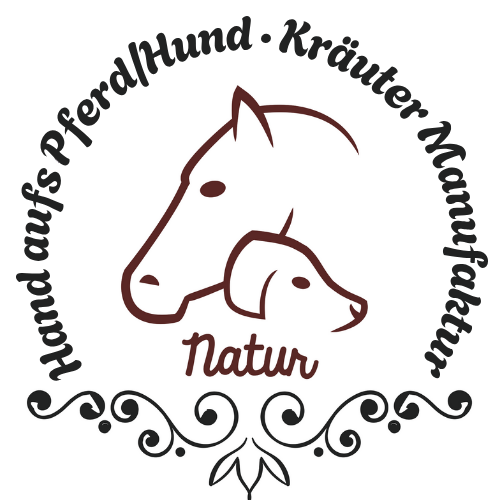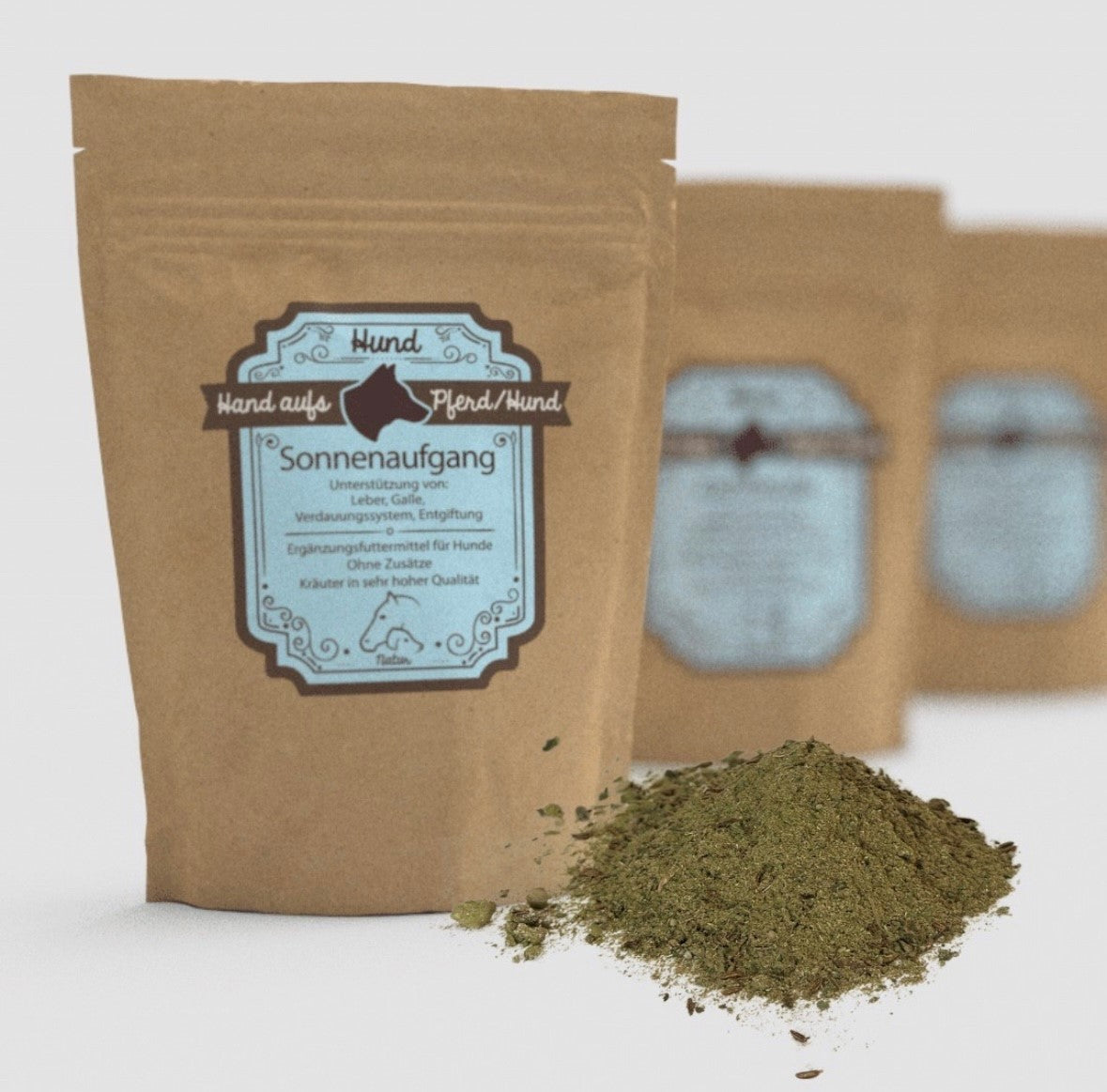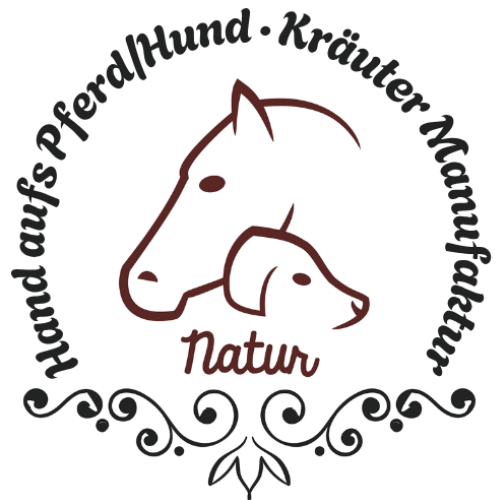
Poisoning in horses – What is poisonous
Poisoning in horses: What is poisonous and how can you protect your horse?
Today we're talking about a topic that's incredibly important to us as horse owners: poisoning in horses. Sometimes a horse can be exposed to toxins in the paddock or stable without us noticing right away. Which plants, foods, and everyday substances can harm your horse? And how can you protect your horse from them? Don't worry, we'll go through it all step by step.
Why poisoning in horses is more common than you think
Horses are curious creatures and like to test out what's lying around in the meadow or stable. Especially in paddocks or pastures, they can quickly come into contact with poisonous plants. Furthermore, horses are unfortunately not particularly picky about their food choices. This means they like to try new plants, even if they may be dangerous. Unfortunately, many horse owners are not always aware of all potential sources of danger.
Dangerous plants in the pasture
There are a number of plants that are poisonous to horses, and unfortunately, these often grow in paddocks or near stables. Here's an overview:
-
Ragwort
This is one of the most well-known poisonous plants for horses. Ragwort may look harmless, but it contains pyrrolizidine alkaloids that can damage the liver. It's especially dangerous when the herb is found dried in hay, because horses often don't even recognize it as harmful. -
yew
Yew is an extremely poisonous plant. Even small amounts can cause heart problems and even death. Therefore, it should never be left near stables or pastures. -
Deadly nightshade
Deadly nightshade contains atropine, a potent toxin that affects the nervous system. Upon ingestion, it quickly leads to symptoms such as restlessness, salivation, and muscle tremors. -
Autumn crocus
This beautiful plant is also highly toxic and can be fatal even in small amounts. The alkaloids it contains cause massive damage to the horse's stomach and intestines. -
oleander
Oleander is a popular garden plant, but it's extremely dangerous for horses. Even a small amount can cause severe poisoning, including respiratory distress and heart problems.
Other poisonous plants and their symptoms
In addition to the plants mentioned above, there are many other species that are also dangerous. These include bracken, hogweed, lily of the valley, and monkshood. Maple seeds can also cause poisoning in horses. These seeds contain hypoglycin A, which attacks the muscles and leads to muscle damage and cramps.
A typical symptom of plant poisoning is Colic, i.e. severe abdominal pain, frequent pawing or rolling. It can also lead to increased salivation, Diarrhea, tremors or even paralysis may occur.
Foods that horses should not eat
Horses may enjoy the occasional treat from humans, but caution is advised. Some foods that are perfectly safe for us can make horses very sick.
- Chocolate : Horses should not eat chocolate because it contains theobromine. This toxin can severely damage a horse's nervous system, causing restlessness, tremors, and even convulsions.
- Onions and garlic : These foods are toxic to the blood of horses. They can destroy red blood cells, causing anemia.
- Potatoes and tomatoes : These nightshade plants contain solanine, a toxin that can cause gastrointestinal problems in horses and, in high doses, even heart problems.
- Avocado : Avocados contain persin, a substance that is highly toxic to horses. Symptoms range from respiratory distress to heart muscle damage.
Everyday objects that can become dangerous
In addition to plants and food, there are several other things that occur in everyday life and are dangerous for horses:
-
Mold in the feed
Mold is not only disgusting, but also harmful. Toxins contained in mold can cause poisoning in horses. So always check the feed for freshness and dispose of any spoiled or moldy leftovers immediately. -
Fertilizers and chemicals
Fertilizers and pesticides can also pose a poisoning hazard. Make sure the paddock isn't treated with fresh manure before letting the horses out. -
Toxic building materials
Sometimes horses start chewing on fences or stable doors. Make sure all materials are safe in case your horse gets the idea to chew on them.
How to best protect your horse from poisoning
Now that you have an idea of what can be toxic, let's move on to prevention. Here are a few tips:
- Check the paddock regularly : Walk around the paddock regularly and remove any poisonous plants you discover.
- Proper feeding : Stick to a balanced and safe diet for your horse. Make sure there are no leftovers or spoiled feed lying around.
- Safe storage of chemicals : Store all fertilizers, pesticides, and other chemicals in a way that your horse cannot access them.
- Do a plant check : It's a good idea to create a list of plants that are dangerous to horses. This way, you can quickly check whether any new plants near the stable could be problematic.
- Keep a poison control emergency number handy : In an emergency, every minute counts. There are special poison control emergency numbers you can contact directly in case of an emergency.
What to do if your horse is poisoned?
If you suspect your horse has ingested a toxic substance, act quickly! Call your veterinarian and describe the symptoms and, if possible, the suspected substance. Until the veterinarian arrives, keep your horse calm and try to keep it in a stress-free environment.
Caution is better than indulgence
Poisoning in horses can quickly become life-threatening. By keeping an eye on your horse's environment, practicing safe and healthy feeding, and knowing what to do in an emergency, you can protect your horse as best as possible.
Source: Martina Hemm October 2024



